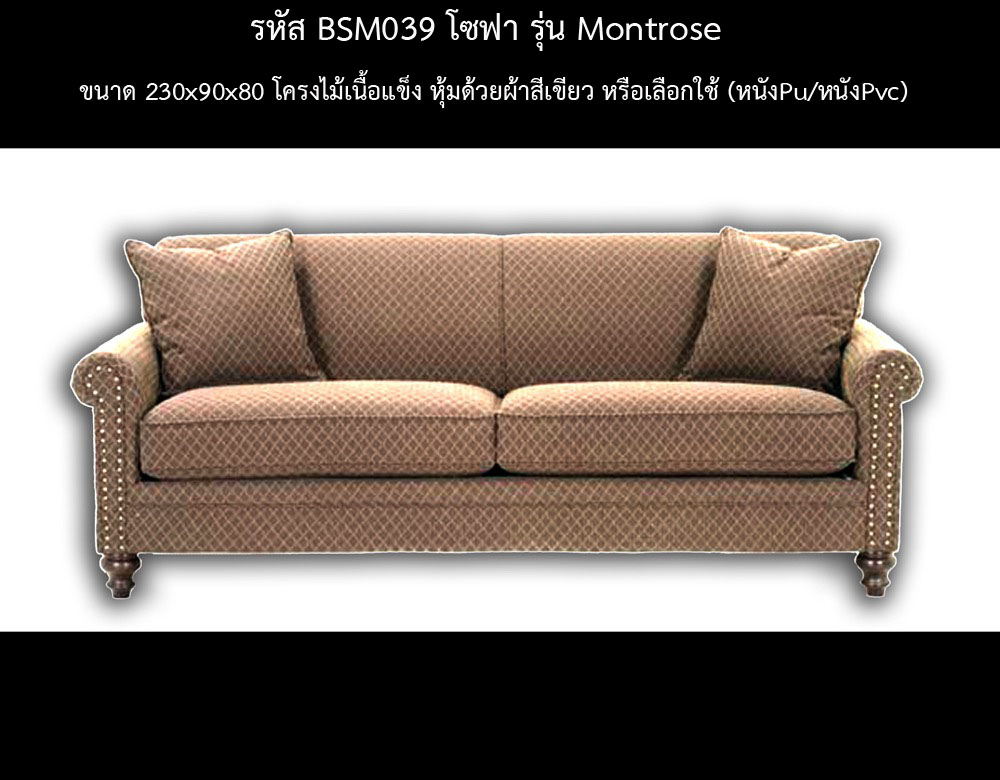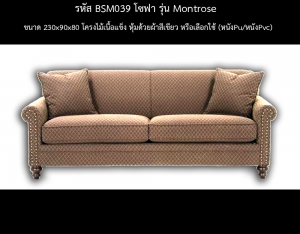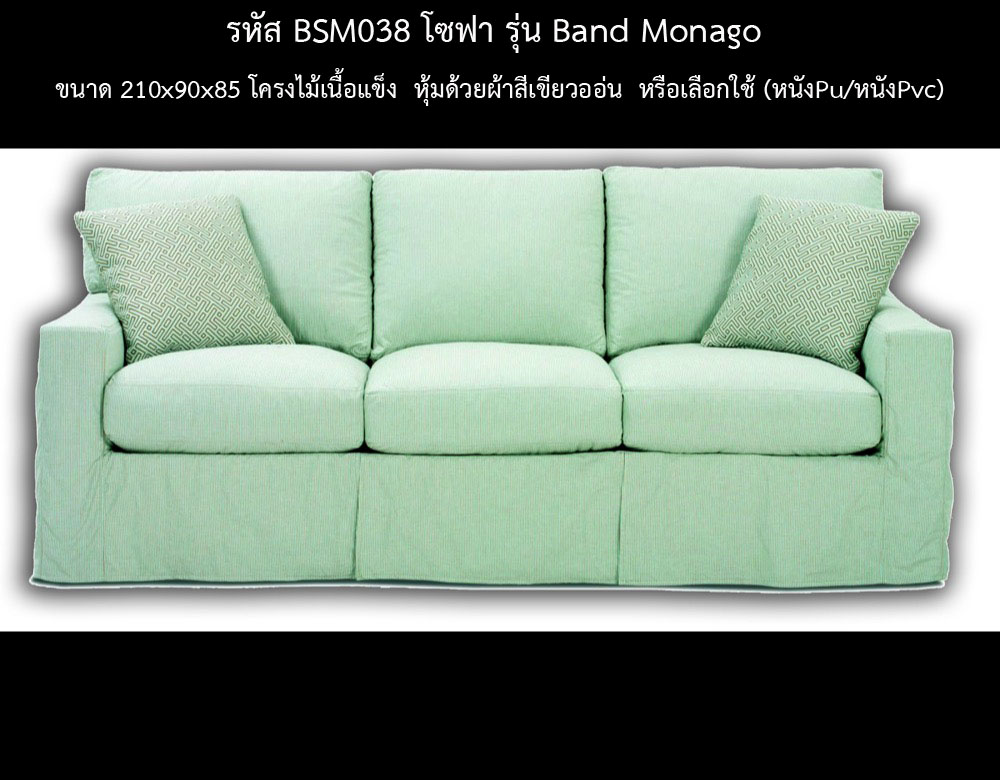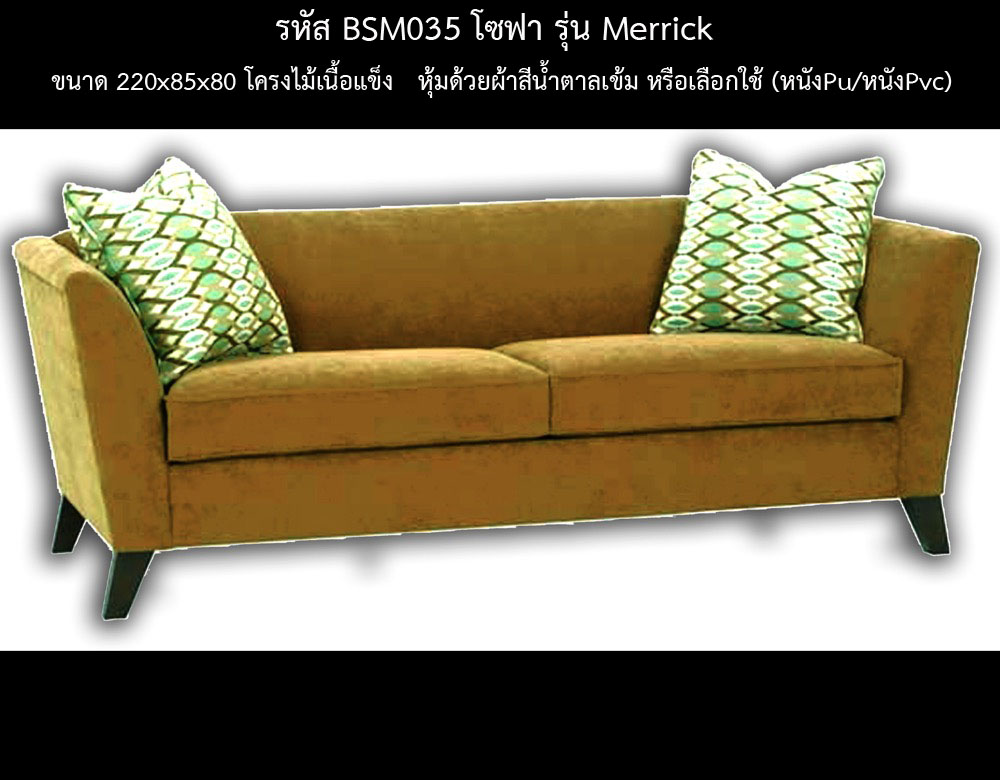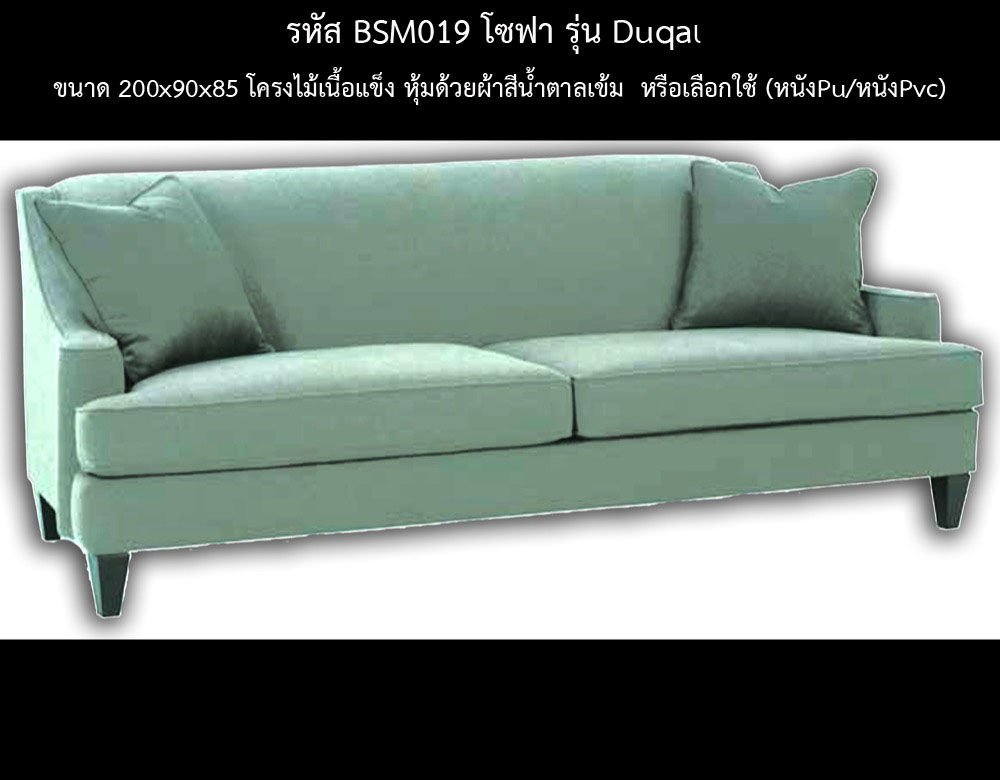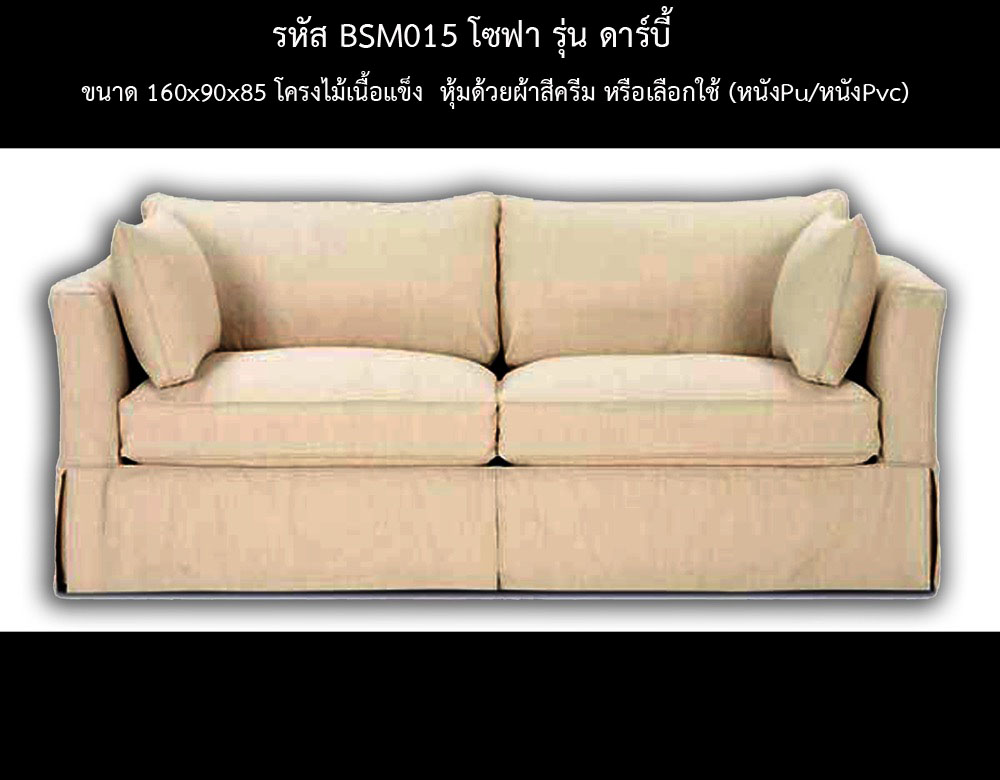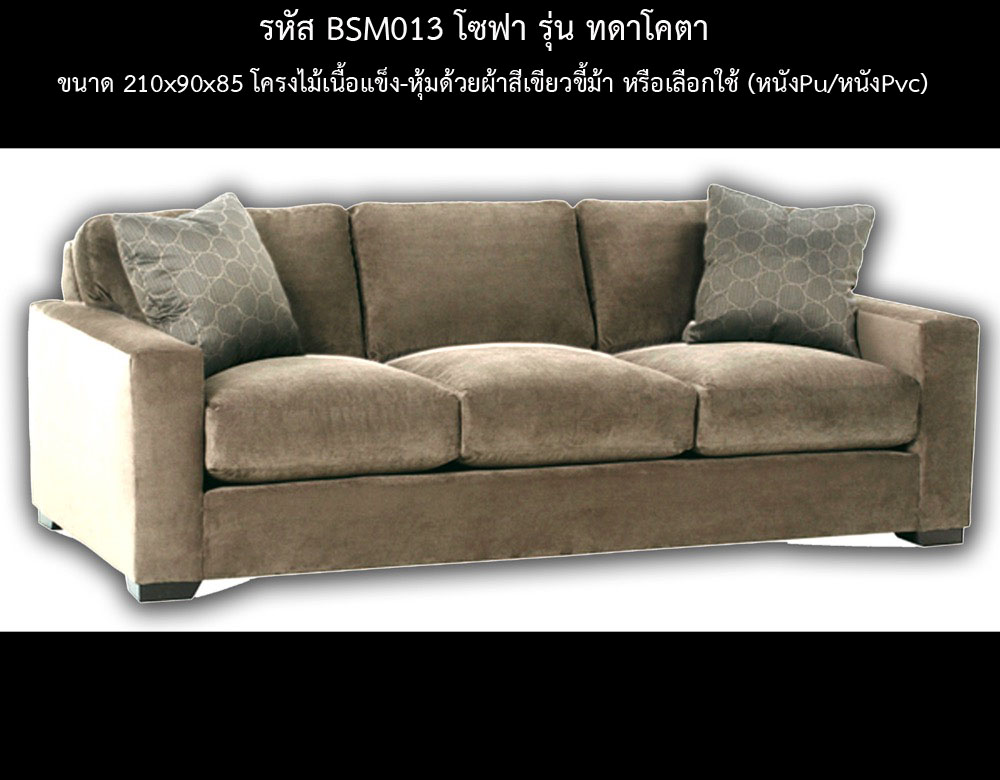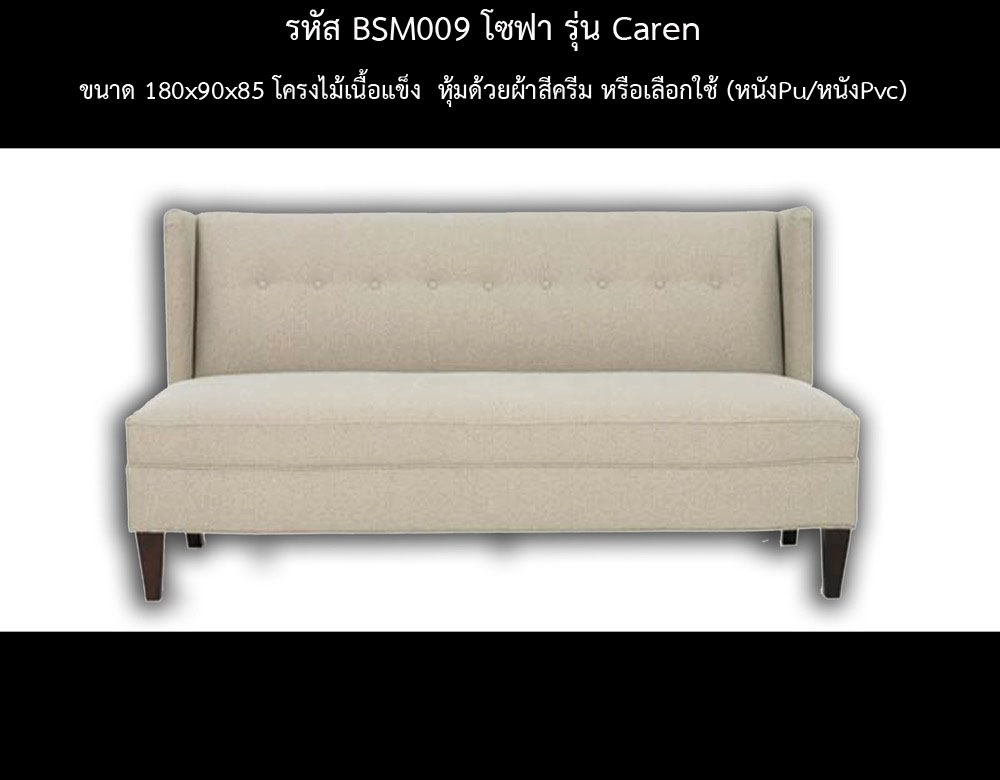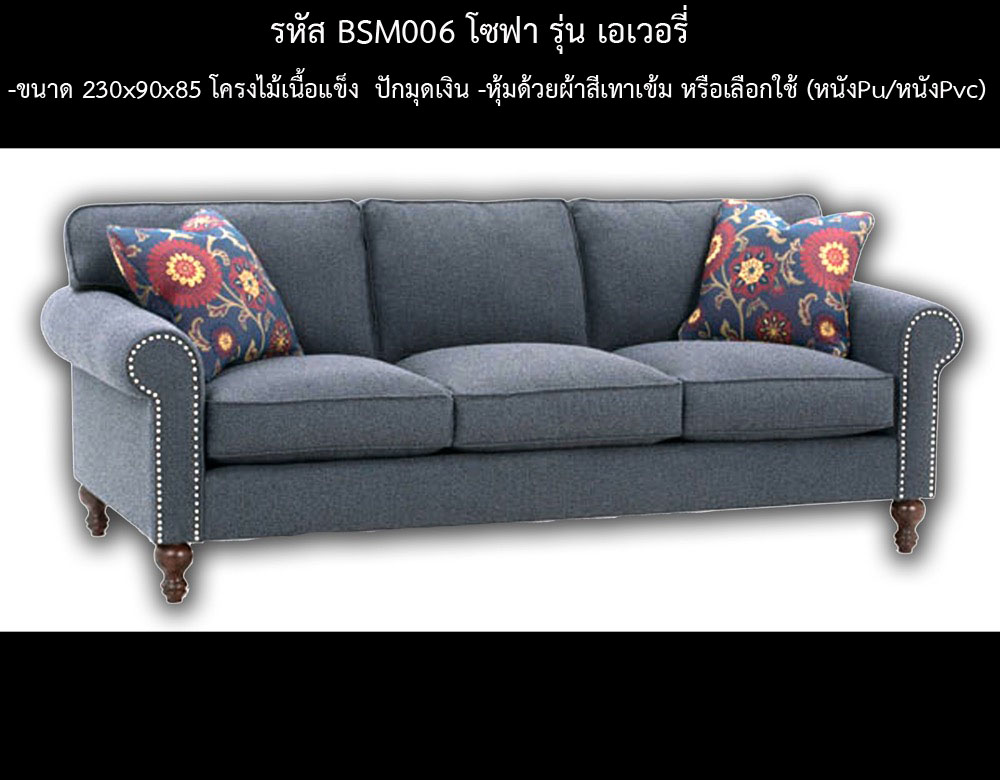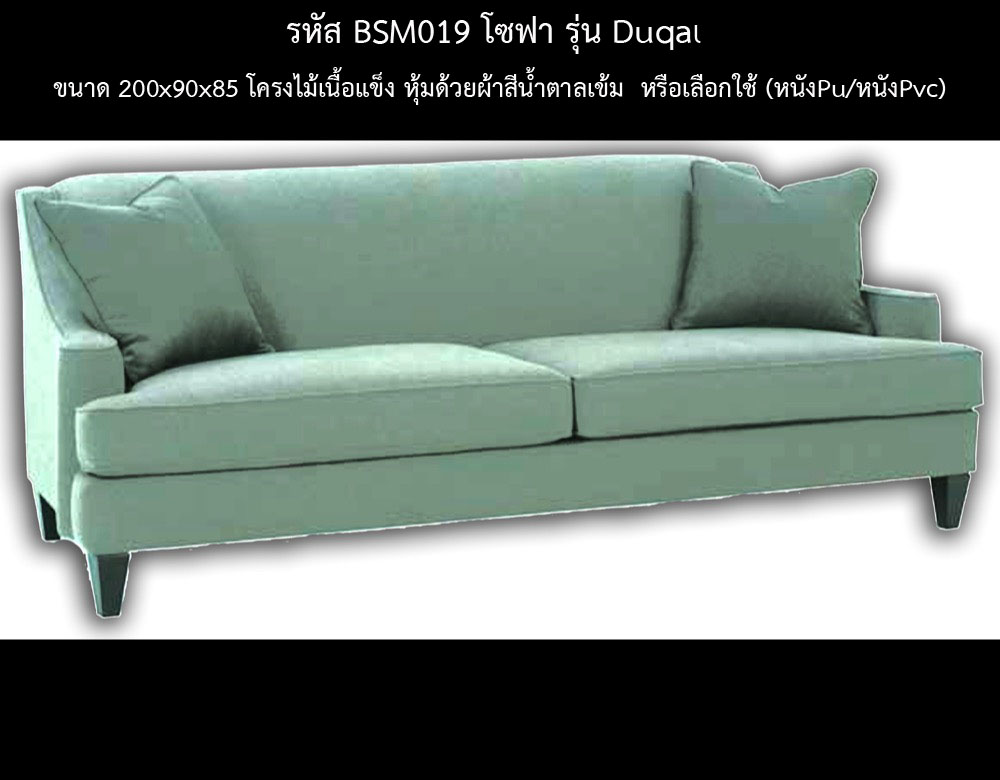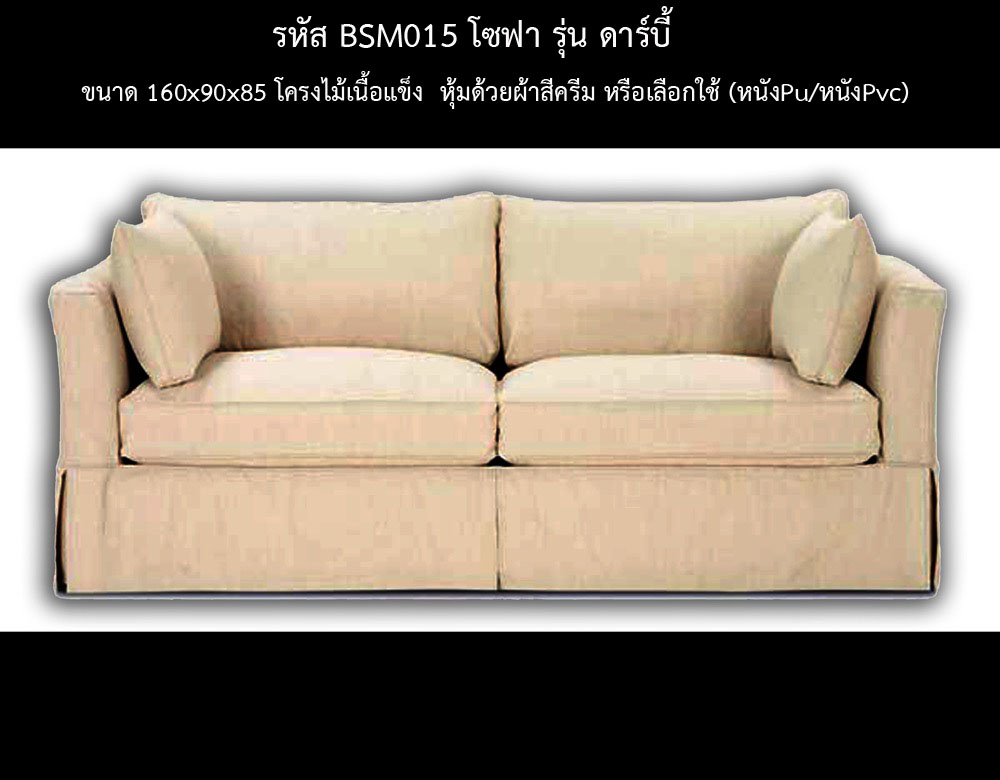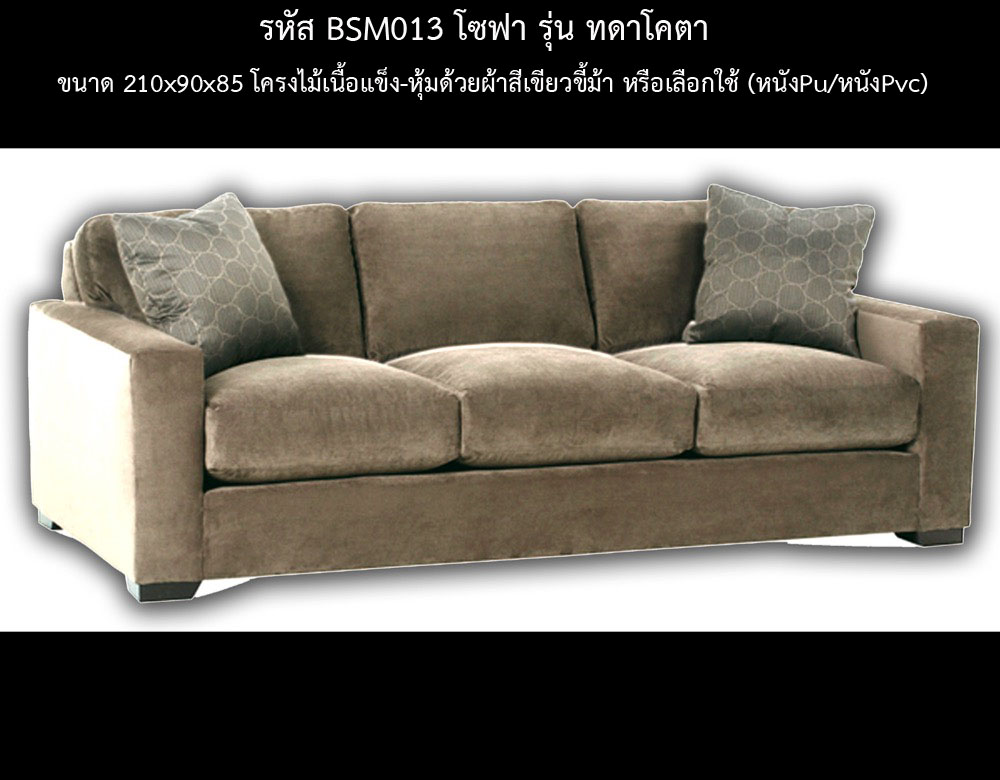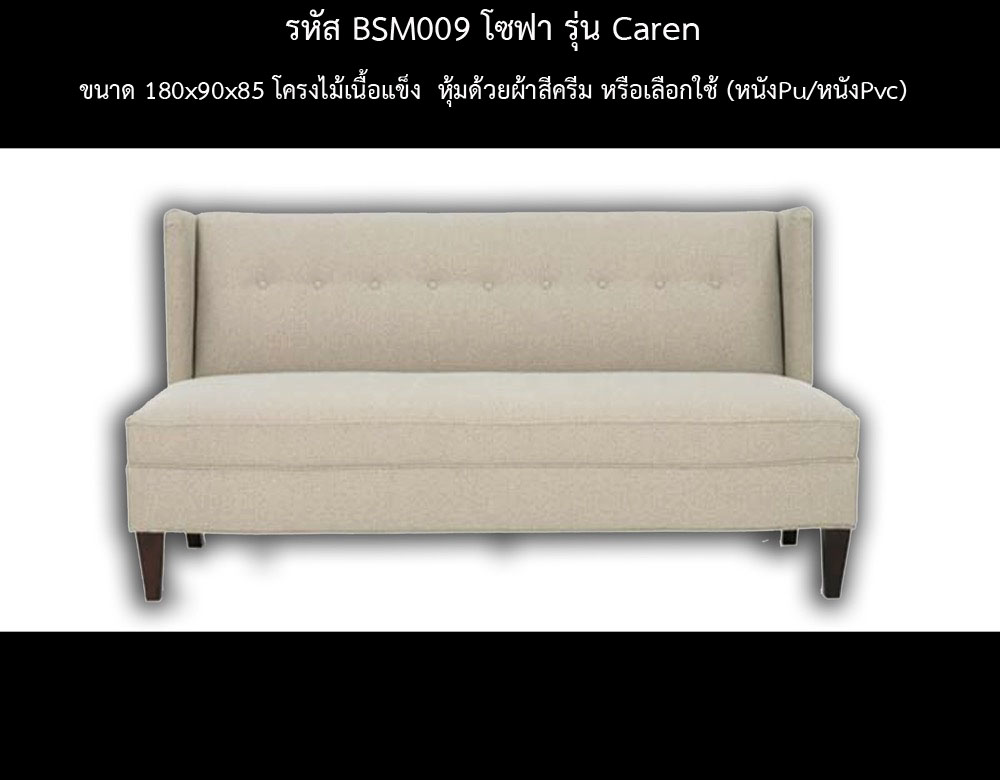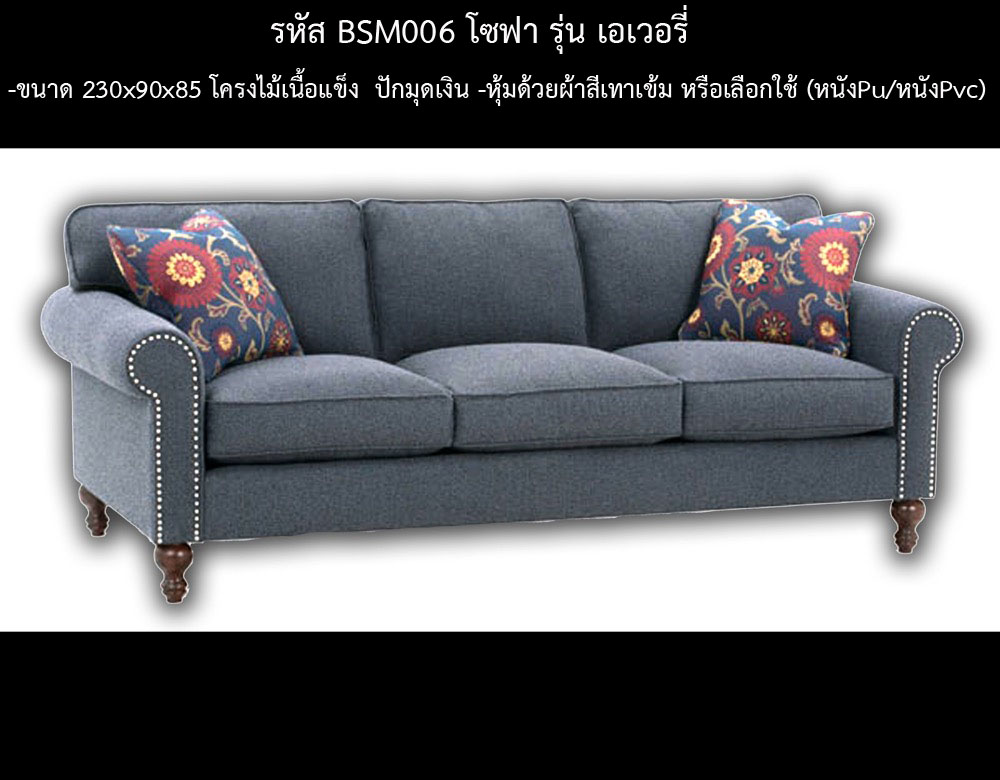2(a)(27)(i) Successor in interest
1. combined renters and renters from the totality. If a customer that a control interest as a joint tenant or occupant of the totality in a home securing a closed-end consumer credit purchase dies, a surviving joint tenant or occupant from the entirety with the right of survivorship in the home are a successor in interest as explained in A§ 1026.2(a)(27)(i).
2. Beneficiaries of inter vivos trusts. In the eventuality of an exchange into an inter vivos have confidence in that your consumer try and stays a beneficiary and which doesn’t relate to a transfer of liberties of occupancy during the house, the beneficiaries of this inter vivos trust as opposed to the inter vivos rely on alone are thought getting the successors in interest for reason for A§ 1026.2(a)(27)(i). For example, believe customers A transfers the girl residence into this type of an inter vivos count on for any benefit of this lady wife and by herself. By the exchange go out, customer One and the girl wife are considered successors in interest and, upon verification, is consumers for purposes of particular arrangements of this parts. In the event the collector hasn’t introduced customer one from the mortgage responsibility, buyers one also remains a consumer considerably usually for reason for this parts.
2(b) Principles of Construction
2. Levels. The numerical quantity should be a dollar levels unless otherwise showed. For instance, in a closed-end transaction (Subpart C), the total amount funded plus the amount of any installment ought to be shown as a dollar amount. In some instances, an amount should really be conveyed as a percentage. Eg, in disclosures supplied before the very first transaction under an open-end plan (Subpart B), lenders is authorized to explain the quantity of any funds charge would be determined; where a cash-advance fee (basically a finance charge) are a percentage of each cash loan, the quantity of the financing charge for that cost are conveyed as a share.
3. acknowledgment of credit history fees. Section 1026.19(a)(1)(iii) enables the imposition of a charge to get the customer’s credit history prior to the shipments with the disclosures required under A§ 1026.19(a)(1)(i). Part 1026.19(e)(2)(i)(B) enables the imposition of a fee to get the consumer’s credit report prior to the shipping of this disclosures required under A§ 1026.19(e)(1)(i). Whether, or when, such charge is was given cannot determine whether an application has been received for purposes of the meaning in A§ 1026.2(a)(3) while the timing requirements in A§ 1026.19(a)(1)(i) and (elizabeth)(1)(iii). For instance, if, in a transaction subject to A§ 1026.19(e)(1)(i), a creditor receives the six bits of details recognized under A§ 1026.2(a)(3)(ii) on Monday, June 1, but does not obtain a credit report charge through the customer until Tuesday, June 2, the collector does not follow A§ 1026.19(e)(1)(iii) if it supplies the disclosures requisite under A§ 1026.19(e)(1)(i) after Thursday, June 4. The three-business-day years beings on Monday, Summer 1, the day the creditor was given the six items of records. The waiting stage will not start on Tuesday, June 2, the big date the collector received the credit document cost.
ii. Under A§ 1026.2(a)(7), pertaining to a covered split credit ability accessible by a crossbreed prepaid-credit credit as identified in A§ 1026.61 in which that credit feature emerges by a joint venture partner or business spouse with the prepaid profile issuer as those terminology are described in A§ 1026.61, the affiliate marketer or businesses mate offering the credit feature is a representative from the prepaid profile issuer thereby, are by itself a card issuer with respect to the hybrid prepaid-credit cards.
3. Trusts. Credit score rating stretched to trusts established for taxation or estate planning needs or to land trusts, as described in feedback 3(a)-10, is considered to be longer to a normal individual for purposes of the meaning of customer.
iii. Insurance premiums methods that entail installment in installments with every installment symbolizing the cost for insurance plan for a particular future time period, unless the buyer try contractually obliged to keep generating costs.
E. a cards or equipment that can be activated upon bill to gain access to credit, even if the cards possess a substantive need aside from credit score rating, like a purchase-price discount card. This type of a card or product is a charge card notwithstanding the reality that the recipient must first contact the card company to gain access to or stimulate the credit ability.
ii. As noted in A§ 1026.2(a)(15)(ii)(C), the exclusion from charge card membership under an open-end (maybe not home-secured) credit strategy offered by that paragraph for an overdraft line of credit definitely accessed by a merchant account numbers does not connect with a sealed individual credit function obtainable by a hybrid prepaid-credit credit (such as a crossbreed prepaid-credit card that will be only a merchant account quantity) as described in A§ 1026.61.
3. Numerical tests. The examples below illustrate the way the numerical examinations of A§ 1026.2(a)(17)(v) are applied. The examples assume that credit with a funds charge or authored arrangement for more than 4 installments ended up being extended for the years under consideration hence the person would not expand these credit score rating in 2006.
Part 2(a)(17)(iv)
iii. The customer has a single profile together with the organization which can be accessed repeatedly via numerous sub-accounts set up your various plan functions and rate structures. Some popular features of this program could be utilized over and over repeatedly (for instance, an overdraft range) and others may be put infrequently (for instance the an element of the line of credit readily available for protected credit). When the regimen in general is at the mercy of prescribed terms and https://title-max.com/title-loans-md/ normally satisfy this is of open-end credit score rating, this type of a program would be thought about a single, multifeatured strategy.
5. Reusable line. The amount of credit that may be stretched throughout life of an open-end strategy try endless because readily available credit is normally rejuvenated as past progress is repaid. A line of credit score rating is self-replenishing although the program alone has a set expiration time, as long as during the arrange’s life the customer may use the range, payback, and recycle the credit. The collector may occasionally or consistently confirm credit details like the consumer’s carried on earnings and employment status or facts for protection functions but, in order to meet the meaning of open-end credit, such confirmation of credit details is almost certainly not finished as an ailment of granting a consumer’s request for a specific advance within the plan. In general, a credit range was self-replenishing when the customer can take further progress as outstanding balances tend to be paid back without having to be expected to individually apply for those extra progress. A charge card accounts the spot where the plan all together replenishes meets the self-replenishing criterion, notwithstanding that a credit card issuer may validate credit score rating ideas frequently regarding the specific purchases. This criterion of limitless credit distinguishes open-end credit from a series of improvements produced pursuant to a closed-end credit financing willpower. For example:




